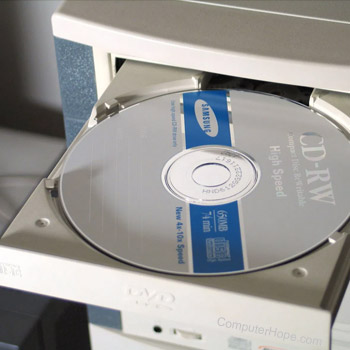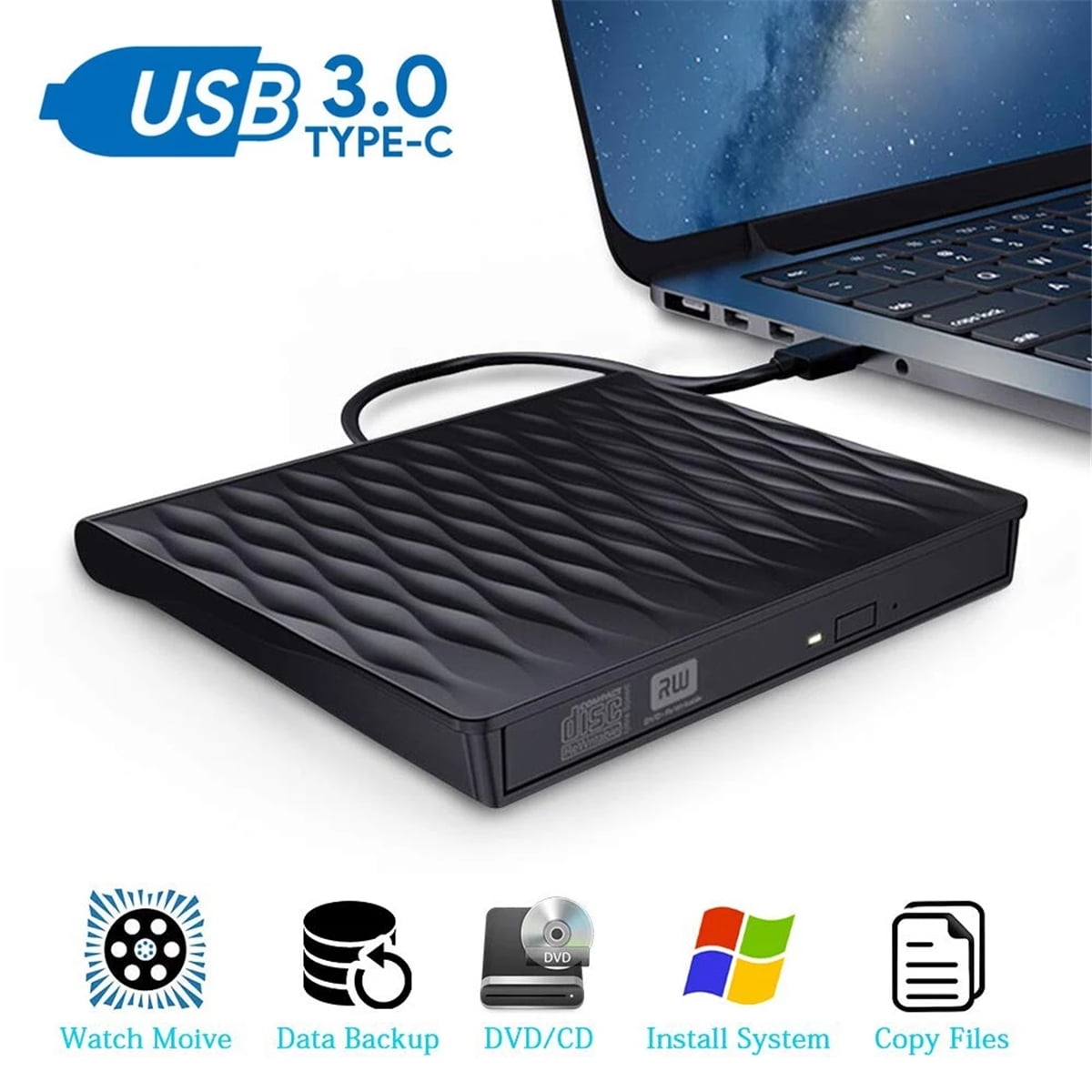

- Use apple cd drive on pc install#
- Use apple cd drive on pc drivers#
- Use apple cd drive on pc software#
- Use apple cd drive on pc windows#
The term was first used by Apple Computer in 1988 to refer to their 1.44 MB 3.5 inch floppy drive. If you still have trouble importing songs, visit the iTunes Support website.Internal SuperDrive floppy drive on a Macintosh LC II Try cleaning the CD with a soft, lint-free cloth, then importing the songs again. If it’s taking a long time to import a song (more than 10 minutes) from an audio CD, the CD may be dirty or scratched.

See the Apple Support article Gather and use iTunes Diagnostics in iTunes for Windows. To see if iTunes can find any problems with your CD drive, choose Help > Run Diagnostics, then choose CD/DVD drive tests. If you have more than one CD or DVD drive, try using iTunes with each drive.
Use apple cd drive on pc drivers#
Also make sure you have the latest drivers for your video and sound cards.
Use apple cd drive on pc windows#
Check the Windows website and your computer or drive manufacturer’s site for updates.
Use apple cd drive on pc software#
Make sure you have the latest software updates for Windows or your CD or DVD drive.
Use apple cd drive on pc install#
If you’re having trouble importing songs, make sure you check your computer or drive manufacturer’s site for firmware updates and install any that are appropriate for your computer and CD or DVD drive. If the “Use error correction when reading Audio CDs” tickbox isn’t selected, select it. Choose Edit > Preferences, click General, then click Import Settings. If error correction is turned on, it can take longer to import CDs. If iTunes now recognises the CD, delete the iTunes shortcut and create a new one. Don’t open iTunes using the shortcut on your desktop. If iTunes doesn’t recognise an audio CD (it doesn’t appear in the iTunes window) or a window doesn’t appear when you insert a CD, quit iTunes, then open it again by double-clicking the app icon in the iTunes folder in the Program Files folder on your hard disk. In the iTunes app on your PC, check the following if iTunes doesn’t recognise audio CDs or if you’re having trouble importing songs: Once the songs are imported into your iTunes library, you can play them, create a playlist with them and more. When the songs are finished being imported, click the Eject button near the top right of the iTunes window. Any songs that iTunes imports before you cancel importing are added to your iTunes library. To cancel importing, click Stop Importing. You can continue to use iTunes while songs are being imported. To add the selected songs to your library, click Import CD near the top right of the iTunes window.Ĭhoose your import options, then click OK. If you’re not connected to the internet or if iTunes can’t find the CD’s information, songs appear as “Track 01”, “Track 02” and so on. If you don’t see tickboxes next to the songs, choose iTunes > Preferences, click General, then make sure “List view tickboxes” is selected. When the list of songs appears in the iTunes window, click to remove the tick next to any songs you don’t want to import. Prevent certain songs from being imported: Click No and go to step 3. If you don’t see info for the CD, click the CD button near the top left of the iTunes window.Ĭhoose what you want to do in the window that appears: In the iTunes app on your PC, insert an audio CD into your computer’s CD or DVD drive, or into an external drive that’s connected to your computer. ITunes imports most songs in a few minutes, and an entire CD in about 10 minutes.



 0 kommentar(er)
0 kommentar(er)
